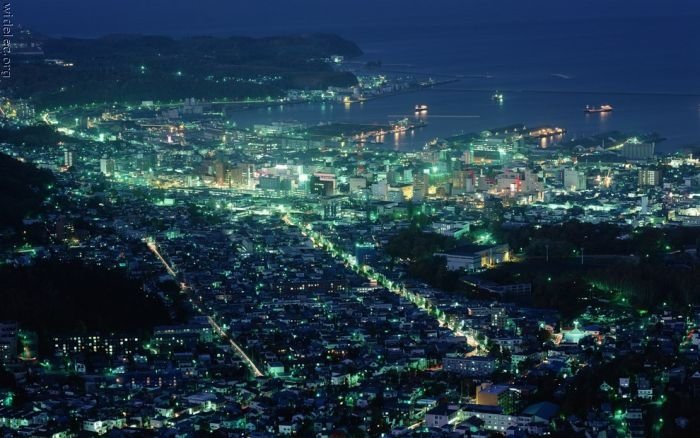|
|
City At Night
|
• France
The French word for city is the same for town: it's ville for both of them. In France, there is no distinction between a town and a city. There is only a difference between a city or town (ville), a village (village) which is smaller (around 50 to 2000 inhabitants), and a hamlet (hameau) which doesn't have more than around 50 inhabitants. French people usually make a difference between a city that has more than around 10000 inhabitants (city) and one that has less than around 10000 (town). Anyway, it is very subjective. The number of inhabitants that is supposed to have a city or a village to be considered as one may vary among individuals. But they usually say petite ville (literally "small city", or town) for the littlest city, and ville (city) for the bigger ones. The term métropole (metropolis) or grande ville (big city) can be used for the biggest cities.
• Germany
The German word for both "town" and "city" is Stadt, while a city with more than 100,000 inhabitants is called a Großstadt (big city). On the other hand, most towns are communities belonging to a Landkreis (county or rural district), but there are some cities, usually with at least 50,000 inhabitants, that are counties by themselves (kreisfreie Städte). In 2006, there were 82 cities with more than 100.000 inhabitants in Germany. Germany's largest cities are Berlin, Hamburg, Munich, Cologne and Frankfurt am Main while the largest urban area is in the Rhine-Ruhr region around such cities as Dortmund, Duisburg and Essen. Berlin and Frankfurt are characterized as world cities or global cities.
|
|









